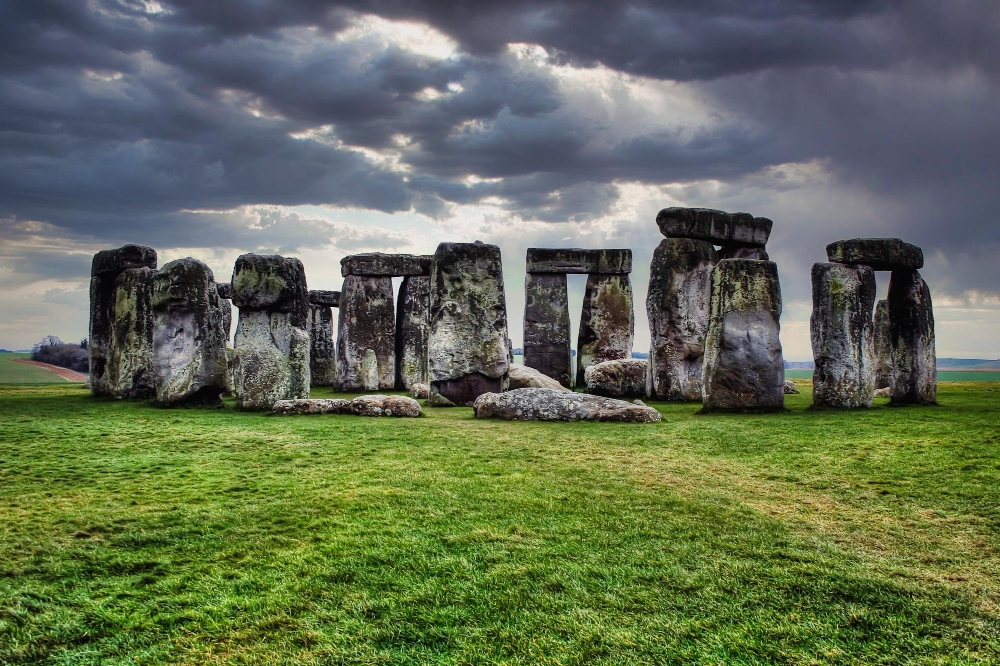Embracing Nature’s Majesty: National Parks and Scenic Beauty in the UK

Introduction
The United Kingdom is not only renowned for its rich history and cultural heritage but also for its breathtaking natural landscapes. From rugged coastlines and rolling hills to pristine lakes and ancient forests, the UK boasts a diverse range of scenic beauty that captivates travelers and nature enthusiasts alike. In this article, we invite you to embrace nature’s majesty as we explore the UK’s national parks and the awe-inspiring beauty they have to offer.
National Parks – Preserving Nature’s Treasures
1. Lake District National Park
Located in northwest England, the Lake District National Park is a picture-perfect destination. Its serene lakes, including Windermere and Ullswater, are surrounded by majestic fells and rolling hills, making it a paradise for hikers, photographers, and those seeking tranquility.
2. Snowdonia National Park
In Wales, Snowdonia National Park beckons adventurers with its rugged mountains, including Mount Snowdon, the highest peak in Wales. The park offers a wealth of outdoor activities, from hiking and climbing to scenic train rides through the breathtaking landscape.
3. Cairngorms National Park
In Scotland, Cairngorms National Park boasts a dramatic and diverse landscape. From snow-capped mountains to ancient forests, this park is home to a remarkable array of wildlife, including golden eagles and red deer.
4. Peak District National Park
Situated in central England, the Peak District National Park is a haven for nature lovers. The park’s enchanting dales, limestone cliffs, and picturesque villages provide an idyllic backdrop for outdoor adventures.
5. Brecon Beacons National Park
Nestled in the southern part of Wales, Brecon Beacons National Park is known for its distinctive mountain range and stunning night skies, making it a designated International Dark Sky Reserve.
6. Northumberland National Park
In northeastern England, Northumberland National Park offers a unique blend of natural and cultural heritage. It is home to Hadrian’s Wall, a UNESCO World Heritage site, as well as vast moorlands and ancient woodlands.
Coastal Wonders and Clifftop Views
1. The Jurassic Coast
Stretching along the southern coast of England, the Jurassic Coast is a UNESCO World Heritage site renowned for its geological significance. Visitors can explore stunning cliffs, unique rock formations, and fossil-rich beaches that reveal the Earth’s history.
2. Giant’s Causeway
Located in Northern Ireland, the Giant’s Causeway is an otherworldly landscape of hexagonal basalt columns formed by ancient volcanic activity. This natural wonder is steeped in mythology and continues to awe and inspire visitors.
3. The White Cliffs of Dover
As an iconic symbol of England, the White Cliffs of Dover offer breathtaking views over the English Channel. The chalk cliffs provide a striking contrast against the blue waters and are best enjoyed with a clifftop walk.
Lush Gardens and Botanical Delights
1. Kew Gardens
The Royal Botanic Gardens at Kew, commonly known as Kew Gardens, is a UNESCO World Heritage site and a living laboratory of plants. Visitors can explore diverse landscapes, glasshouses, and a vast collection of plant species from around the world.
2. RHS Garden Wisley
Situated in Surrey, RHS Garden Wisley is the flagship garden of the Royal Horticultural Society. It offers an inspiring blend of formal gardens, woodlands, and seasonal displays, delighting garden enthusiasts throughout the year.
Enchanting Forests and Woodlands
1. New Forest
Located in Hampshire, the New Forest is an ancient woodland filled with natural beauty and abundant wildlife. It’s a haven for outdoor activities, from walking and cycling to horse riding and wildlife spotting.
2. Sherwood Forest
Steeped in legends of Robin Hood, Sherwood Forest in Nottinghamshire is a captivating woodland to explore. Visitors can wander among ancient oak trees and visit the iconic Major Oak, said to be Robin Hood’s hideout.
Tranquil Lakes and Waterways
1. Loch Ness
Famous for the legendary Loch Ness Monster, Loch Ness in Scotland is the largest and deepest freshwater lake in the UK. Surrounded by stunning scenery, it offers a sense of mystery and serenity.
2. The Norfolk Broads
In eastern England, the Norfolk Broads is a network of rivers and lakes, providing a haven for boaters, birdwatchers, and nature lovers. It’s a place to unwind and explore a unique wetland landscape.
FAQs
Are dogs allowed in UK national parks?
Yes, dogs are generally welcome in UK national parks. However, some areas may have specific restrictions, such as requiring dogs to be kept on a leash. It’s essential to check the specific rules and guidelines of each park before bringing your furry friend.
Are there camping facilities in national parks?
Yes, many UK national parks offer camping facilities, ranging from basic wild camping sites to well-equipped campgrounds. Some parks may require advance booking, so it’s advisable to plan ahead.
What is the best time to visit UK national parks?
The best time to visit UK national parks depends on personal preferences and the activities you wish to enjoy. Spring (March to May) and autumn (September to November) offer pleasant weather, blooming flowers, and fewer crowds. Summer (June to August) is ideal for outdoor activities and longer daylight hours. Winter (December to February) can be atmospheric, with snow-capped peaks, but some facilities may have limited availability.
Are there visitor centers or information points in national parks?
Yes, most national parks have visitor centers or information points where you can obtain maps, guides, and advice on hiking trails, activities, and attractions in the area.
What is the best way to explore the UK’s coastal wonders?
To explore the UK’s coastal wonders, consider taking coastal walks or hikes, such as the South West Coast Path, which offers stunning views of the Jurassic Coast. Boat tours and cruises are also popular for enjoying coastal scenery from a different perspective.
Can I swim in the lakes in national parks?
Swimming is allowed in some lakes in UK national parks, but it’s essential to consider safety and local regulations. Be mindful of designated swimming areas, water temperatures, and potential hazards before taking a dip.
Conclusion
The United Kingdom’s national parks and scenic beauty offer a diverse range of landscapes, from majestic mountains to dramatic coastlines and enchanting woodlands. Whether you seek outdoor adventures or serene moments of reflection, the UK’s natural wonders have something to offer every visitor. So, embrace nature’s majesty, breathe in the fresh air, and immerse yourself in the stunning beauty that the UK’s national parks and scenic landscapes have to offer.
Also Read: The Culinary Delights of UK Travel: From Pubs to Michelin Stars











